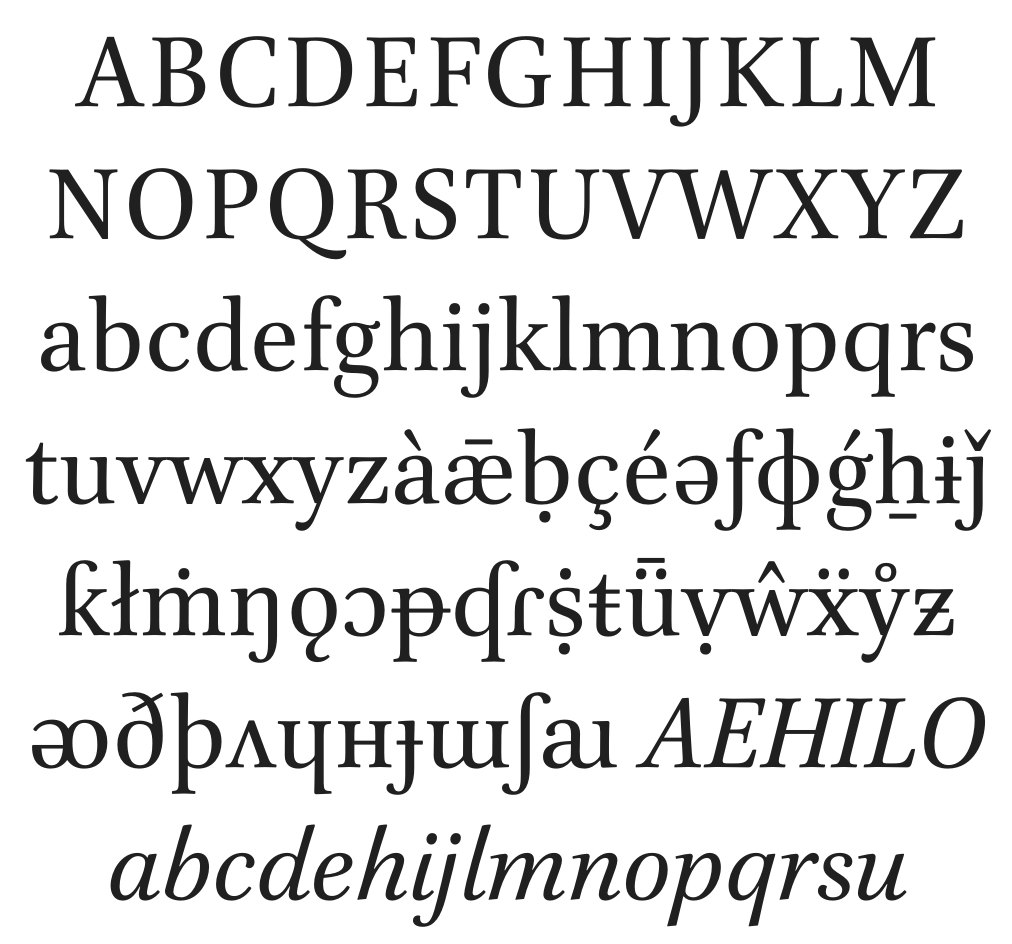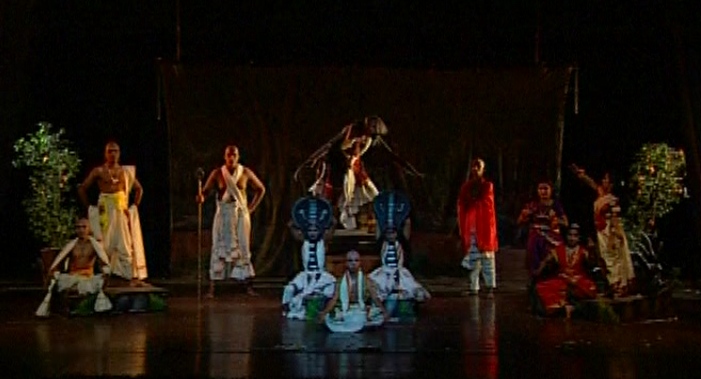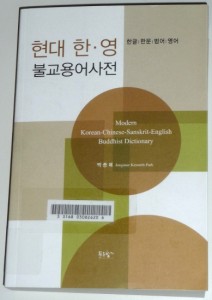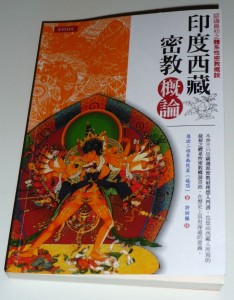Kuala Lumpur Dhammajoti. Reading Buddhist Sanskrit Texts. An Elementary Grammatical Guide. Hong Kong: Buddha-dharma Centre of Hong Kong, 2012. ix + 361 pp. ISBN 978-988-16820-1-7 [available from Swindon Books]
A book that finds and almost fills its niche. Some weirdness is apparent, like the fact that sentences in romanized transcription do not appropriately add white space after finals. There are numerous typos and mistakes in sandhi, and there are no keys to the exercises — always a severe limitation. However, a patient and competent reviewer could easily detect, report and fix most of these problems. Any effort to knock down the high walls erected around the study of Sanskrit in ‘the West’ is, of course, worth encouraging.
From the Preface
“There are many excellent Sanskrit primers […] However, they all share the common feature of being based on non-Buddhist sources […]
many Buddhist students […] need to spend a large amount of time getting acquainted with those texts which are neither their concern proper nor source nor inspiration […]. It is out of this consideration that […] I had been thinking of producing an elementary manual totally based on the Buddhist texts” (p. v).







 Tachikawa, Musashi. Essays in Buddhist Theology. Delhi: Motilal Banarsidass, November 2012. ISBN-13: 978-8120835405. INR 500. [
Tachikawa, Musashi. Essays in Buddhist Theology. Delhi: Motilal Banarsidass, November 2012. ISBN-13: 978-8120835405. INR 500. [